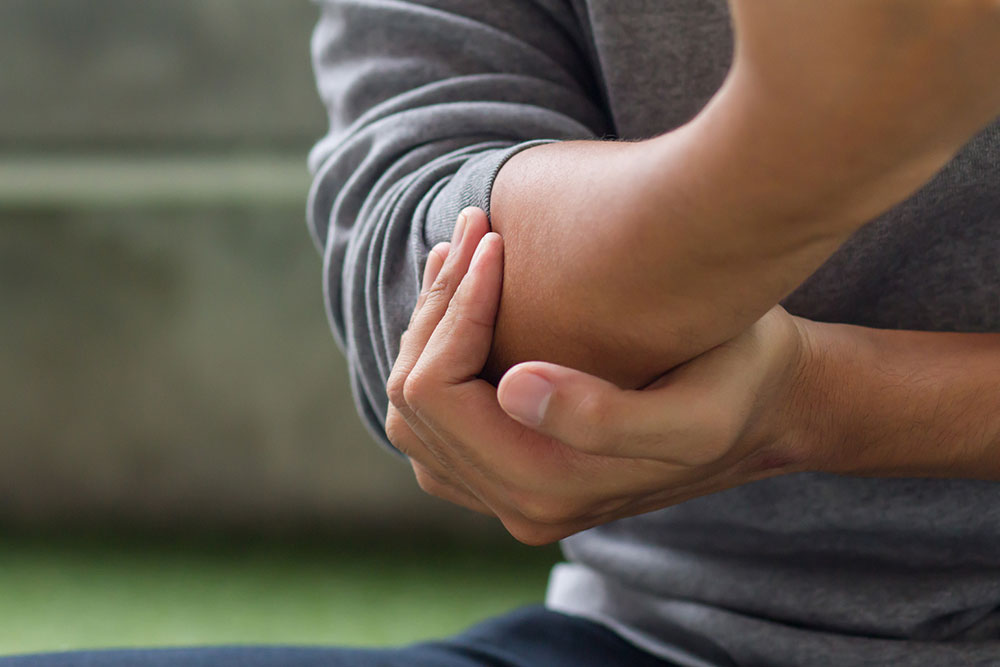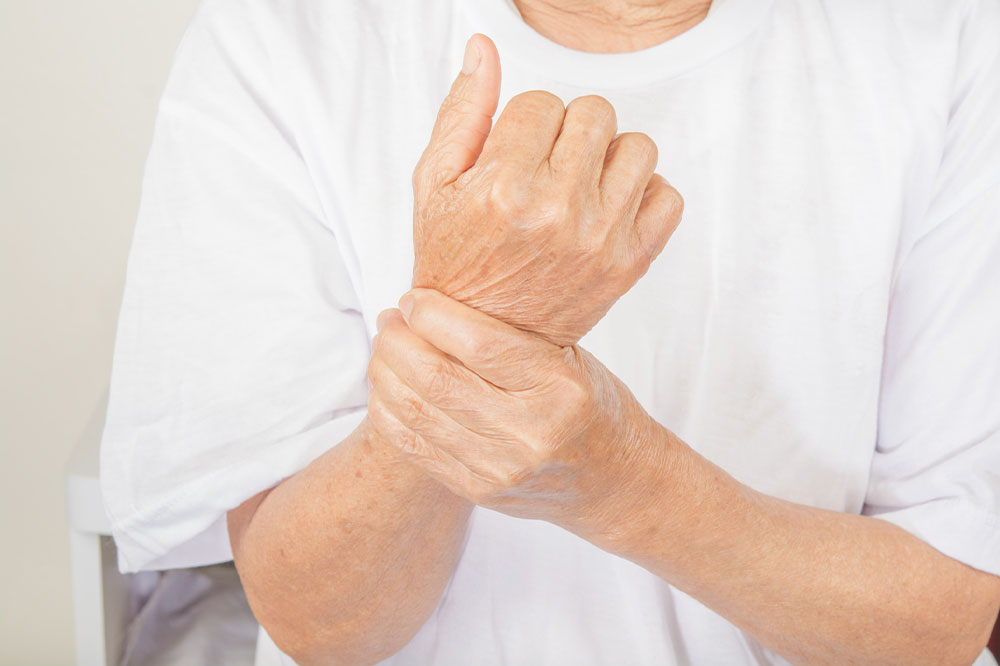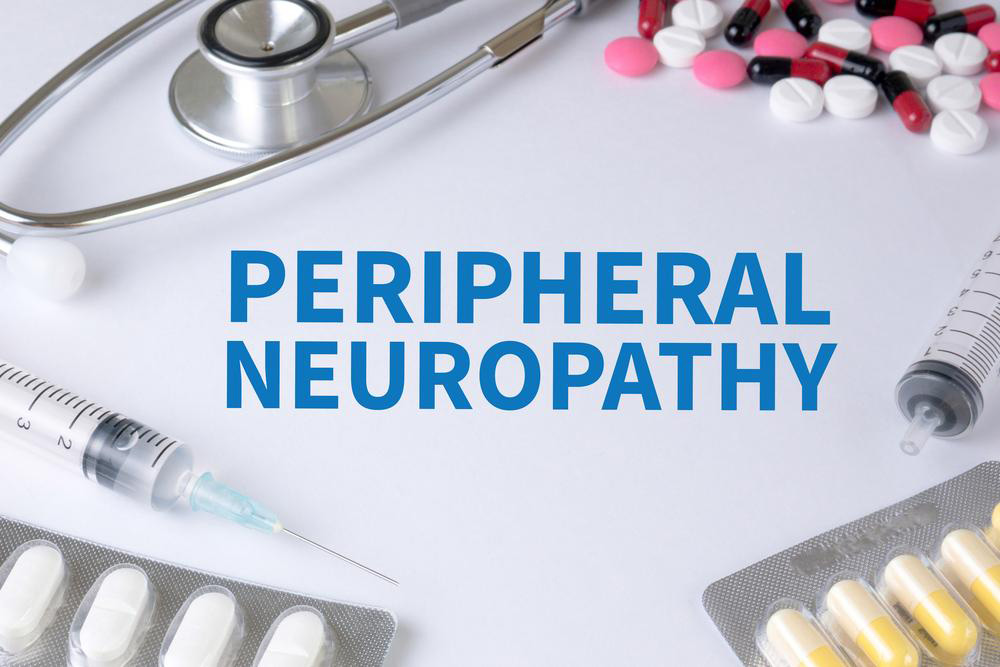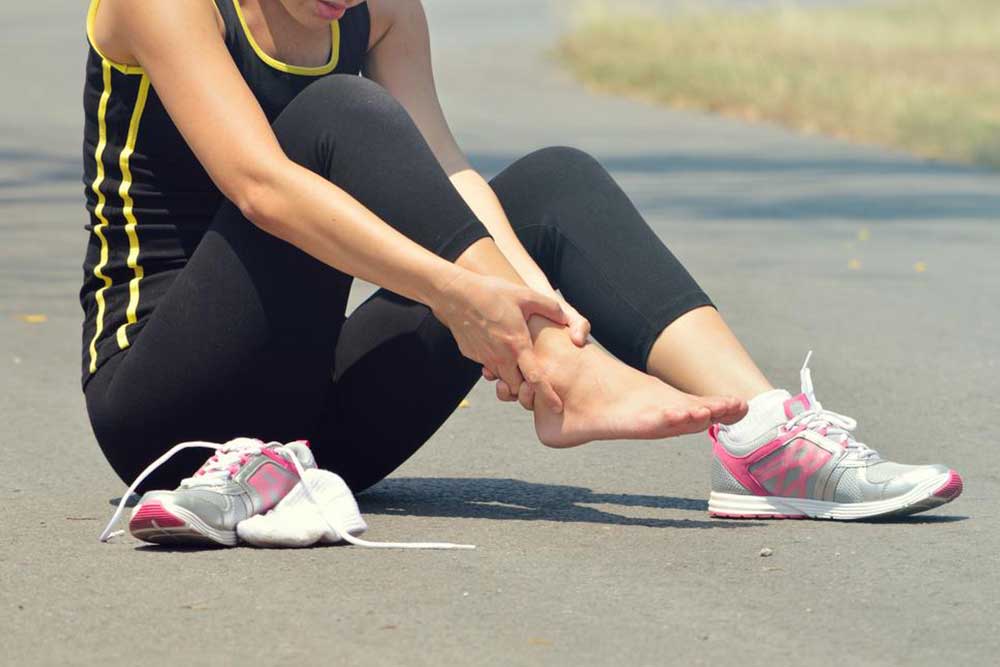Comprehensive Guide to Alleviating Paresthesia: Effective Strategies for Symptom Relief
This comprehensive guide covers effective strategies for alleviating paresthesia symptoms, including lifestyle adjustments, natural therapies like massage and acupuncture, dietary tips, and when to seek medical help. It emphasizes the importance of maintaining nerve health, proper posture, and nutrition, offering practical solutions to manage persistent tingling or numbness caused by nerve issues or deficiencies.

Comprehensive Guide to Alleviating Paresthesia: Effective Strategies for Symptom Relief
Paresthesia, commonly referred to as tingling, numbness, or prickling sensations, is a neurological condition that affects many individuals worldwide. It occurs when nerve pressure or damage disrupts the normal transmission of sensory signals in the limbs or other parts of the body. While transient episodes are often benign and resolve on their own, persistent or recurring paresthesia can be a symptom of underlying health issues, including nutritional deficiencies, nerve damage, or neurological diseases. Recognizing the root cause is essential for effective management and prevention. Fortunately, a combination of lifestyle modifications, natural therapies, and medical interventions can significantly reduce discomfort and improve nerve health.
Understanding Paresthesia
Paresthesia manifests as sensations like tingling, numbness, burning, or prickling. These sensations often occur in the hands, feet, arms, or legs and are usually temporary. However, continuous or frequent episodes could indicate nerve compression, diabetic neuropathy, vitamin deficiencies, multiple sclerosis, or other neurological conditions. Identifying the cause through medical diagnosis is crucial to formulating an appropriate treatment plan. Addressing lifestyle factors and adopting targeted remedies can help alleviate symptoms and improve quality of life.
Practical Strategies to Relieve Paresthesia
1. Gentle Massage Techniques
One of the simplest yet effective approaches to manage paresthesia is regular gentle massage. Nerve damage or compression often results in poor blood circulation around affected areas. By stimulating affected nerves through light, systematic massage, individuals can enhance blood flow, promote nutrient delivery, and reduce nerve tension. Gentle massage on hands, feet, or other areas exhibiting tingling can alleviate discomfort and support nerve regeneration over time. Massaging with fingertips using circular motions, applying light pressure, and gradually increasing the intensity can yield noticeable improvements in symptom relief. This natural therapy is especially beneficial for individuals suffering from peripheral neuropathy or nerve compression syndromes.
2. Engaging in Regular Exercise and Targeted Stretching
Physical activity plays a vital role in maintaining nerve health and preventing episodes of paresthesia. Simple aerobic exercises like walking, cycling, or swimming promote overall circulation, helping to prevent nerve compression due to sedentary lifestyles. Additionally, specific stretching exercises targeting areas prone to nerve entrapment—such as wrists, elbows, neck, and lower back—are highly effective. For example, wrist flexion and extension stretches are particularly helpful for carpal tunnel syndrome, while neck stretches can alleviate cervical nerve compression. Consistent exercise not only reduces the risk of nerve-related symptoms but also enhances musculoskeletal health, thereby decreasing the likelihood of nerve impingement.
3. Warm Compresses and Therapeutic Baths
Applying warmth to affected regions can significantly alter blood flow dynamics, reduce nerve inflammation, and ease pressure. Warm compresses, such as a cloth soaked in warm water, applied on tingling areas for 10-15 minutes multiple times a day, can provide rapid relief. Warm baths, especially those containing Epsom salts or essential oils, are also highly effective in soothing nerve irritations. These methods help in dilating blood vessels, promoting circulation, and calming nerve sensitivities. Regular use of heat therapy is especially recommended for neuropathy-related symptoms, providing comfort and supporting nerve function recovery.
4. Maintaining Proper Hydration
Dehydration can lead to reduced blood volume and hinder nerve conduction, making symptoms of paresthesia more pronounced. Drinking adequate quantities of water throughout the day helps sustain optimal circulation and nerve health. Proper hydration ensures that nutrients reach nerve tissues efficiently, reduces inflammation, and prevents the build-up of toxins that could impair nerve function. Consistent hydration is a simple yet often overlooked factor that can significantly diminish the frequency and severity of tingling sensations.
5. Correct Posture and Ergonomic Adjustments
Poor posture is a common culprit behind nerve compression, especially in today's digital age where individuals spend long hours seated at computers or mobile devices. Slouching or improper ergonomics can exert undue pressure on nerves and blood vessels, leading to numbness or tingling. Adopting ergonomic furniture, such as adjustable chairs and desks, and maintaining correct posture during work or leisure activities can protect nerves from unnecessary stress. Simple adjustments like keeping wrists aligned, using supportive pillows while sleeping, and avoiding prolonged static positions can profoundly reduce paresthesia episodes.
6. A Nutrient-Rich Diet for Nerve Health
Vitamins play a critical role in nerve regeneration and function. Deficiencies in vitamin B12, B6, and D are commonly linked to neuropathic symptoms, including tingling and numbness. Incorporating foods rich in these nutrients can bolster nerve repair. For example, fatty fish such as salmon and mackerel, fortified cereals, dairy products, eggs, lean meats, and leafy greens supply essential vitamins needed for nerve health. Supplementing diet with vitamin B12, especially for individuals with absorption issues, can prevent or reverse deficiency-related neuropathy. A balanced, nutrient-dense diet is foundational to long-term nerve vitality and minimizing paresthesia occurrences.
7. Benefits of Yogurt and Dairy Products
Yogurt, along with other dairy products, provides manganese and vitamin B12—nutrients vital for maintaining healthy blood circulation and nerve function. Regular consumption of yogurt has been associated with reduced tingling sensations and improved nerve sensitivity, particularly in individuals with deficiencies. Incorporating probiotic-rich yogurt into daily meals not only supports nerve health but also boosts overall digestive and immune health, contributing to a holistic approach to managing paresthesia.
8. Elevating Affected Limbs for Symptom Relief
Gravity plays a significant role in nerve compression, especially during prolonged sitting or standing. Elevating limbs—using cushions or pillows—after periods of activity or rest can reduce pressure on nerves and enhance blood flow. This simple act helps diminish tingling and numbness sensations, providing relief and preventing symptoms from becoming chronic. Elevation is particularly useful during sleep or rest periods when nerve pressure may increase due to positional factors.
9. Acupuncture Therapy for Neurological Benefits
Originating from traditional Chinese medicine, acupuncture has gained recognition as an effective complementary therapy for nerve-related symptoms. Fine needles strategically inserted into specific acupoints can stimulate nerve pathways, improve circulation, and reduce nerve pressure. Clinical studies suggest that acupuncture can alleviate symptoms caused by chemotherapy, nerve injuries, or conditions like carpal tunnel syndrome. Regular sessions may promote nerve regeneration, diminish inflammation, and restore normal nerve function, making it a valuable addition to conventional treatments.
10. Transcutaneous Electrical Nerve Stimulation (TENS) Therapy
TENS therapy involves the use of portable devices that deliver controlled electrical impulses to affected nerves. This non-invasive method stimulates nerve fibers, enhances blood flow, and reduces pain and tingling sensations. TENS therapy has shown promising results in managing neuropathic pain, especially when combined with other treatments. It is particularly effective for patients suffering from nerve damage due to diabetes, chemotherapy, or traumatic injuries. Proper use of TENS devices under medical supervision can offer significant symptom relief and improve nerve function over time.
When to Seek Medical Attention
While many cases of paresthesia resolve with home-based remedies, persistent symptoms warrant professional evaluation. If tingling sensations last longer than 30 minutes, worsen over time, or are accompanied by additional signs such as tongue numbness, weakness, or difficulty speaking, immediate medical consultation is essential. These might indicate allergic reactions, serious neurological conditions, or systemic issues requiring urgent intervention. Consulting a neurologist can help establish an accurate diagnosis and tailored treatment plan, especially for recurrent or unexplained symptoms. Early diagnosis and intervention are crucial for preventing complications and improving outcomes.
In conclusion, managing paresthesia effectively involves a multifaceted approach that includes lifestyle modifications, natural therapies, dietary considerations, and, when necessary, medical interventions. By understanding the underlying causes and adopting preventative measures, individuals can reduce the frequency and severity of tingling sensations, enhance nerve health, and maintain overall well-being.





